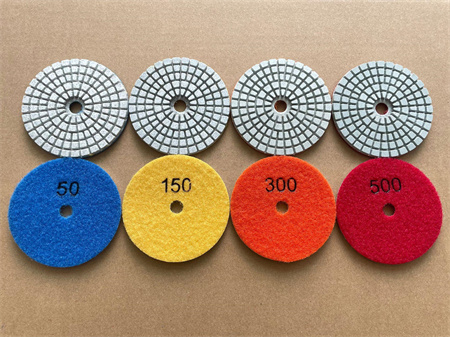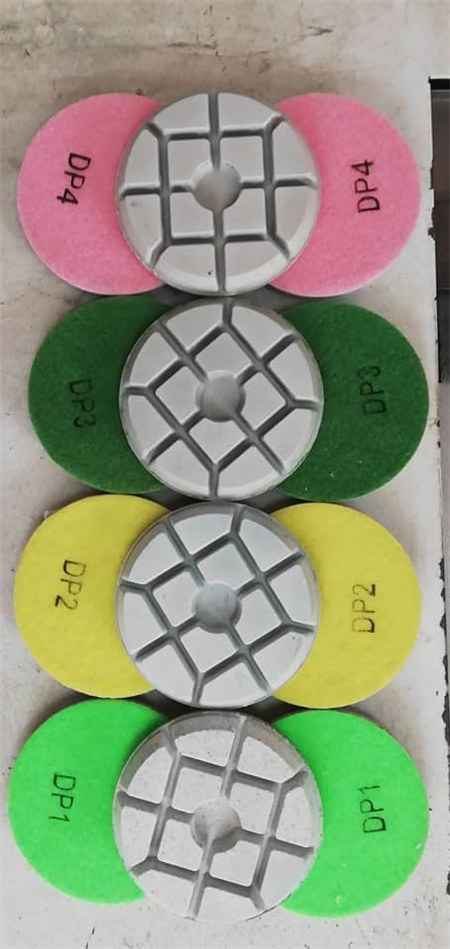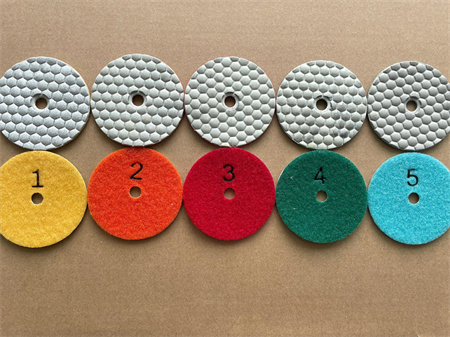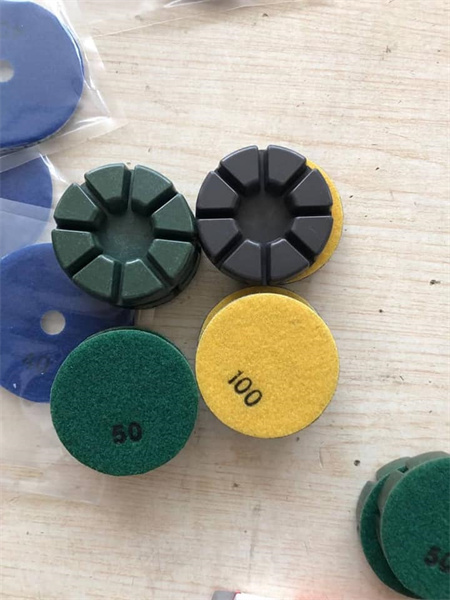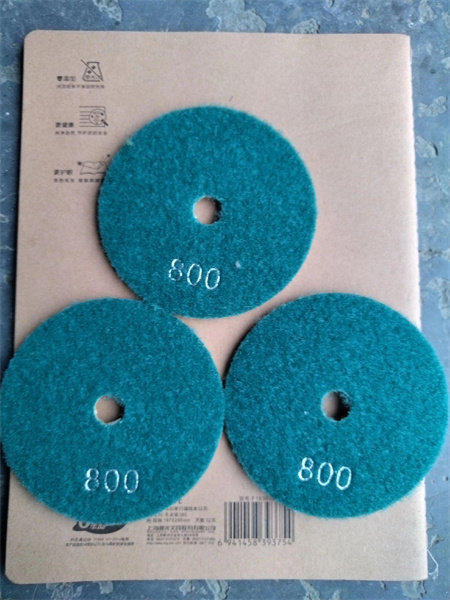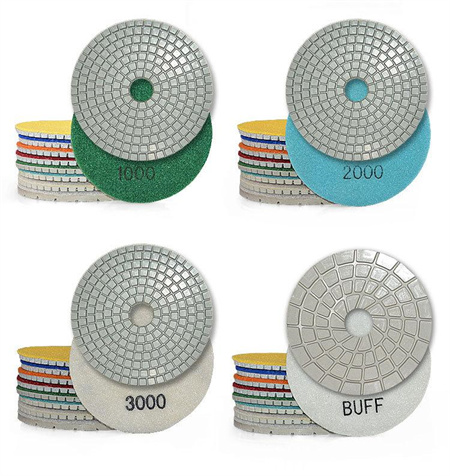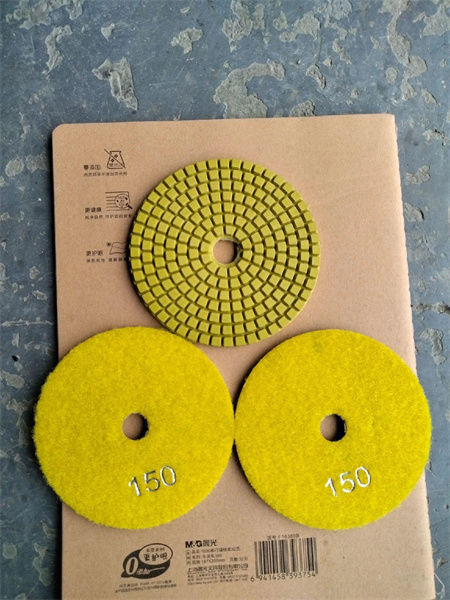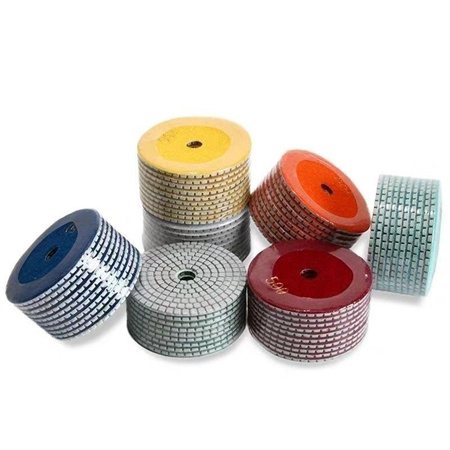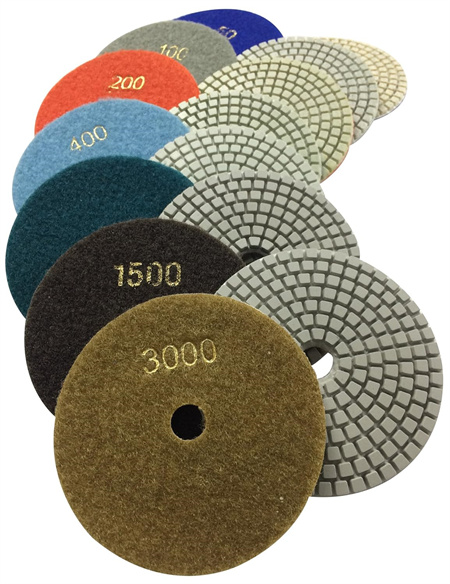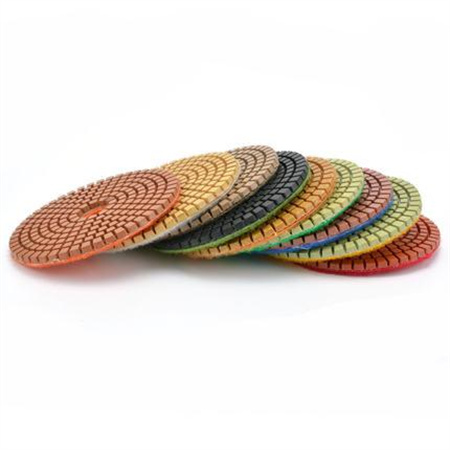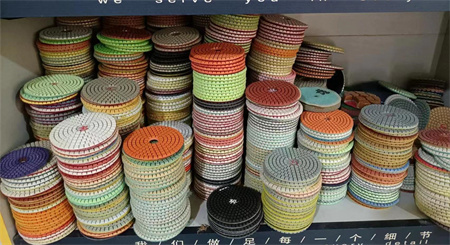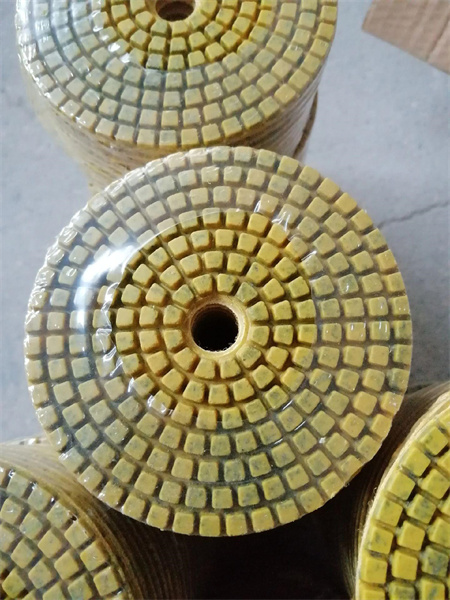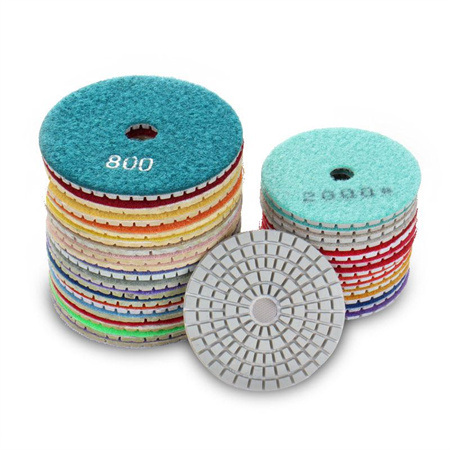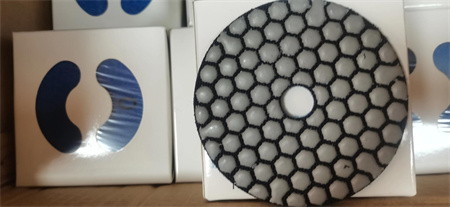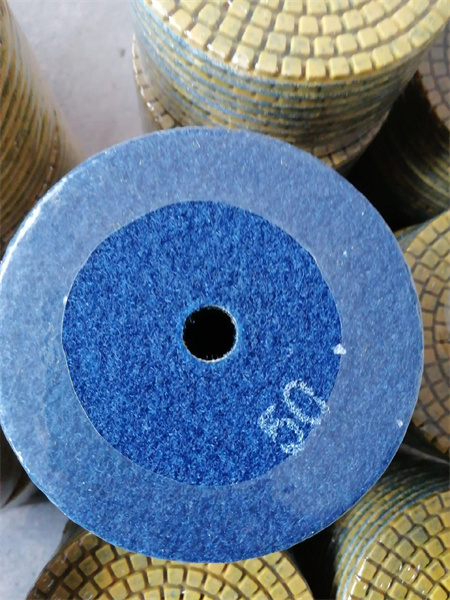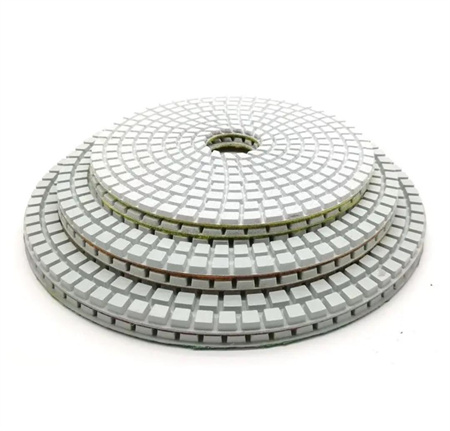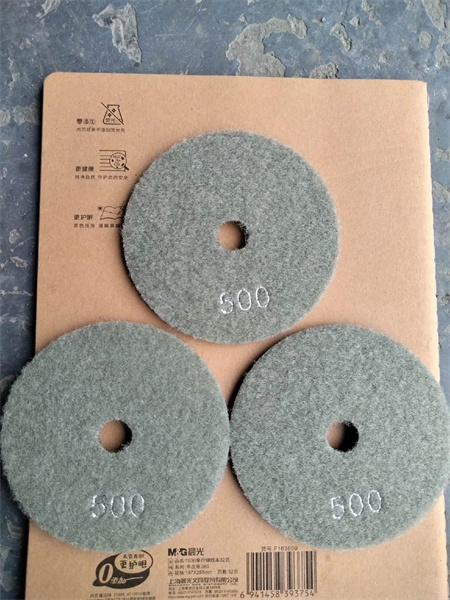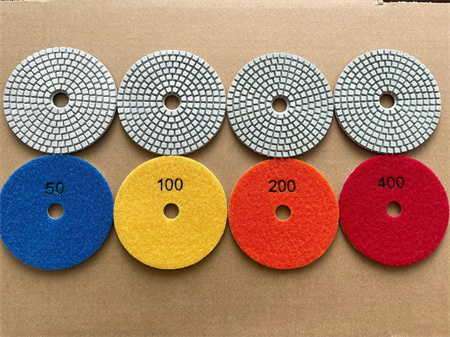A Guide to Artistic Stone Polishing with Diamond Pads
Stone polishing is more than just a cleaning process; it’s an art form. For centuries, stones have been used in architecture, sculptures, and home decor. The natural beauty of stone is undeniable, but achieving that perfect glossy finish requires both skill and the right tools. Diamond polishing pads have revolutionized the stone care industry, offering a way to refine and enhance the stone’s texture and sheen with unmatched precision.
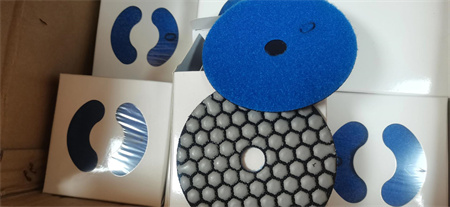
To begin with, stone polishing is about much more than surface shine. Whether you’re working with granite, marble, or concrete, the goal is to bring out the stone’s natural characteristics while maintaining its integrity. The smoothness, color, and depth of the stone are all amplified with the right polishing technique. Here, diamond polishing pads step in as the tool of choice.
Diamond pads are unique because of the hardness and durability of diamonds, which makes them ideal for tough materials like stone. These pads, often used by professionals, come in various grits that range from coarse to fine. The abrasive nature of diamond pads allows them to smooth out imperfections, remove stains, and restore the stone’s original luster.
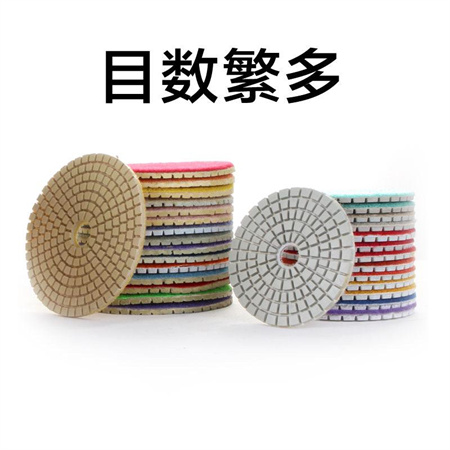
To get started with diamond polishing, preparation is key. The surface of the stone needs to be thoroughly cleaned and prepped to remove any dirt, grease, or old sealers. Any imperfections or scratches present on the surface can often be reduced during the polishing process, but larger cracks or chips should be addressed before polishing begins.
Once you have a clean, smooth surface to work with, the real fun begins. Diamond pads are typically used with a wet polishing method, which helps keep the dust down and allows the pads to work more effectively. The process usually starts with a coarse-grit diamond pad, which removes deeper imperfections and rough spots from the stone. As the surface begins to smooth out, finer-grit pads are used to gradually refine the finish. Each step should be carefully followed to ensure the stone doesn’t become overworked or damaged.
The gradual progression from coarse to fine grits is what makes diamond polishing pads so effective. The finer pads work to enhance the clarity and depth of the stone, giving it that high-gloss shine that many homeowners and designers crave. The process also helps to reveal the natural patterns and veins within the stone, enhancing its visual appeal and giving it an almost luminous quality.
Another key benefit of diamond polishing pads is their versatility. While they are often associated with marble or granite, these pads can be used on a wide range of stones, including travertine, quartz, and concrete. Depending on the type of stone, the polishing process may require different approaches or grit sequences. For example, a softer stone like marble may require a more delicate touch, whereas harder stones like granite might need a bit more aggression in the initial polishing stages.
Besides the aesthetic benefits, polishing stones with diamond pads also enhances the longevity and durability of the stone surface. Regular polishing helps protect the stone from wear and tear, preventing stains and water damage from penetrating deep into the material. It also adds a layer of protection that can help the stone resist scratches and other forms of damage in the future.
One of the most striking aspects of diamond polishing is the level of control it gives the user. Whether you’re a seasoned professional or a DIY enthusiast, the ability to control the amount of pressure, speed, and grit used on the stone makes the process both efficient and customizable. With the right technique, you can achieve a variety of finishes, from a high-gloss mirror shine to a softer, matte look, depending on your needs and preferences.
For those looking to add a touch of artistry to their stonework, diamond pads offer an incredible level of precision. Whether you’re polishing a countertop, a tile, or even a sculpture, the right pad and technique can help you highlight the natural beauty of the stone in a way that is both striking and timeless.
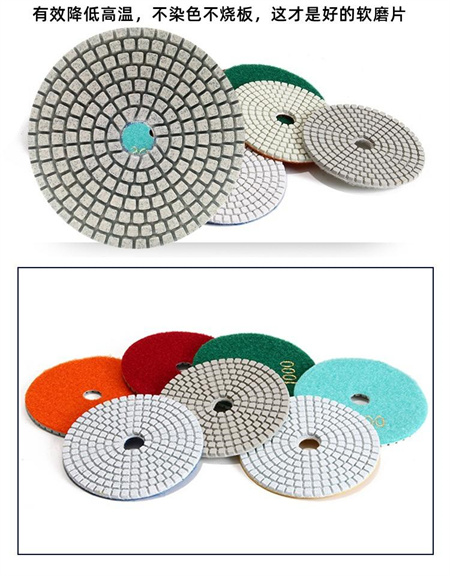
In conclusion, the process of stone polishing with diamond pads is a blend of art and science. With the right tools, preparation, and technique, anyone can transform their stone surfaces from dull and worn to stunning and vibrant. The results speak for themselves: a beautifully polished stone surface not only enhances the aesthetic appeal of any space but also adds a layer of protection and longevity that will last for years. Whether you are a professional or a novice, diamond polishing pads offer a straightforward and effective solution to unlocking the full potential of your stone surfaces.
